Mechanical Engineering
When bubbles bounce back
Ultrapure solvents prove there is more than meets the eye when oil and water mix.

Collisions between bubbles or droplets suspended in liquid are more complex than previously thought. KAUST researchers have shown that conditions expected to promote coalescence can actually lead to the bubble or droplet pair bouncing right off of each other.
The discovery could have implications for many applications involving colloidal systems of fluids that do not mix, immiscible fluids, including food products, such as oil-and-vinegar salad dressings, cosmetics and crude oil processing.
Theoretically, when a bubble reaches the surface of a pure liquid, the thin film of liquid between the bubble and the air above should quickly drain away, allowing the bubble to coalesce with the air. The same would be expected when two bubbles meet within the liquid or when two droplets of oil come together in water. “However, in practical conditions, even trace contamination or added surfactant can immobilize the thin liquid film at the interface, making the phenomenon very challenging to investigate,” says Ivan Vakarelski, a research scientist in Sigurdur Thoroddsen’s lab.
Ultrapure solvents prove there is more than meets the eye when oil and water mix.
Thoroddsen, Vakarelski and their colleagues have now carried out bubble- and droplet-collision experiments in a fluid that can be produced in ultrapure form. “We use a fluorocarbon liquid, which allowed us to accurately predict the effects of the interface mobility,” Vakarelski says.
To compare coalescence at a high-mobility surface with an immobilized surface, the team carried out one set of measurements at a fluorocarbon liquid-air interface and a second set of measurements at a fluorocarbon liquid-water interface. As expected, bubble and droplet coalescence at the highly mobile fluorocarbon-air interface was several orders of magnitude faster than for the immobilized fluorocarbon-water interface, where the thin liquid film was much slower to drain away. “However, this is only for cases when bubbles or droplets approach slowly enough to coalesce without bouncing back,” Vakarelski says.
Counterintuitively, bubbles or droplets reaching the highly mobile fluorocarbon liquid-air interface bounced off of the interface much more strongly than from the immobilized interface. The reason is that there is less friction on the mobile interface and thus less energy is lost during the bounce. “To our knowledge, our studies and simulations are the first to demonstrate an enhanced bounce effect due to interface mobility,” Vakarelski says.
“Understanding this novel effect will help improve prediction and manipulation of colloidal system stability, which is of wide practical importance for cosmetics and food emulsions, crude oil processing and operation of microfluidic devices,” Thoroddsen adds.
References
- Vakarelski, I.U., Yang, F., Tian, Y.S., Li, E.Q., Chan, D.Y.C. & Thoroddsen, S.T. Mobile-surface bubbles and droplets coalesce faster but bounce stronger. Science Advances 5, eaaw429299 (2019).| article
You might also like
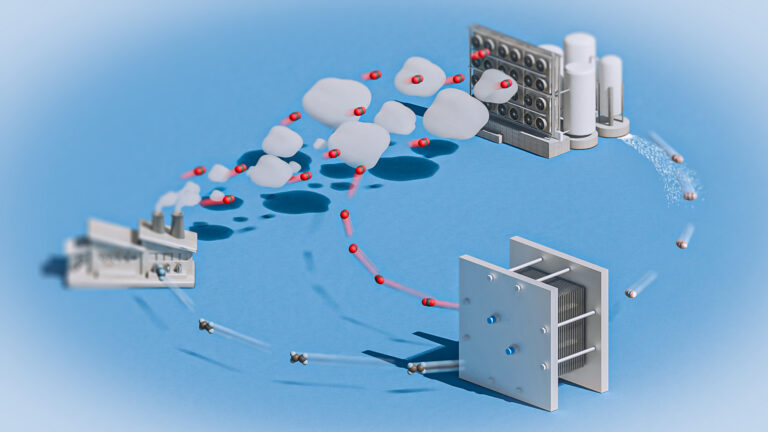
Mechanical Engineering
Electrocatalytic CO2 upcycling excels under pressure
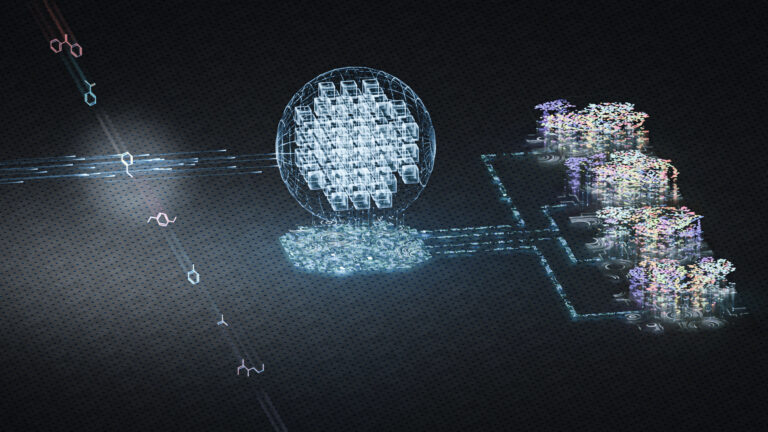
Chemical Engineering
Rethinking machine learning for frontier science
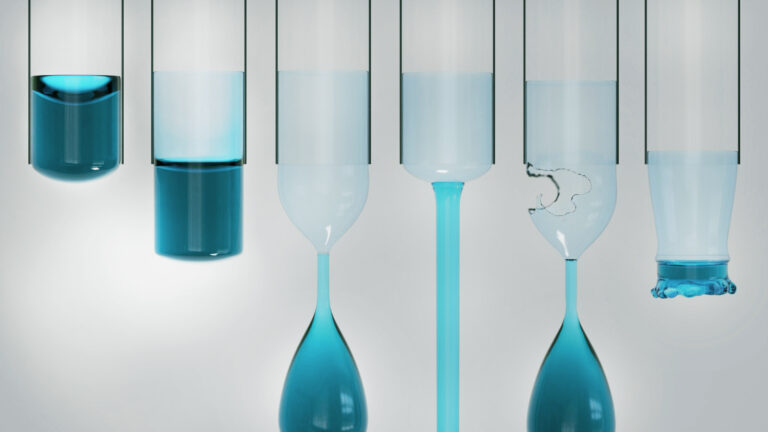
Mechanical Engineering
Falling water forms beautiful fluted films
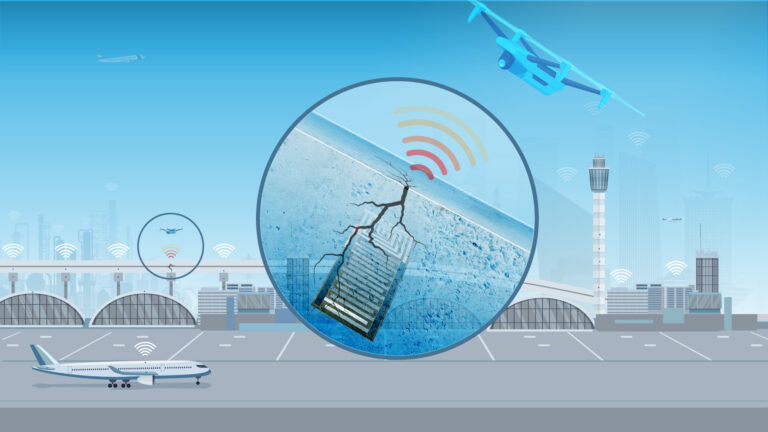
Mechanical Engineering
Innovative strain sensor design enables extreme sensitivity
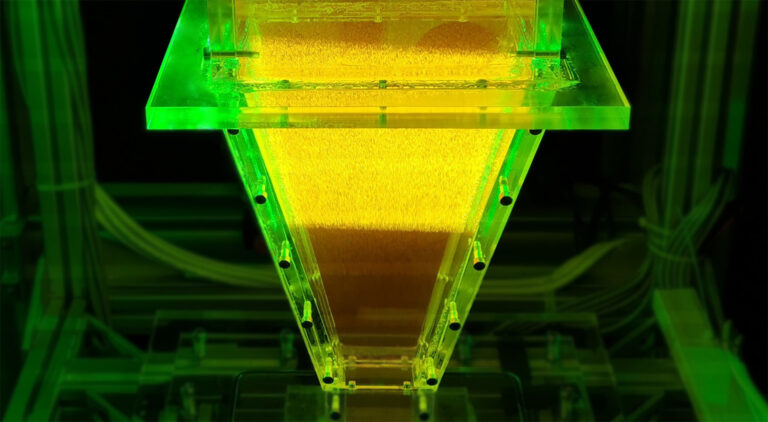
Mechanical Engineering
Turbulent flow shows surprise patterns that could help boost efficiency

Mechanical Engineering
Machine learning model identifies gas molecules
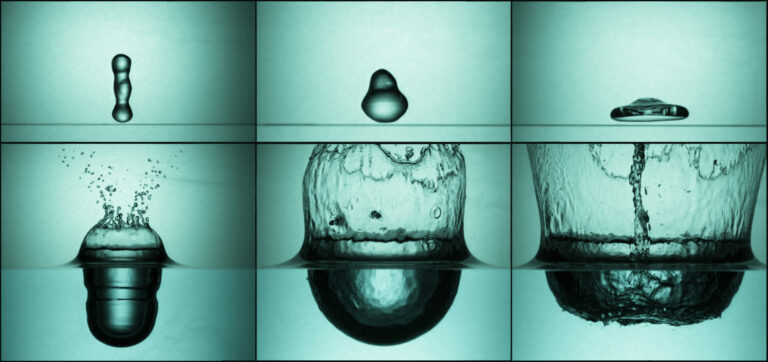
Mechanical Engineering
Making a splash: unraveling the impact of large water droplets
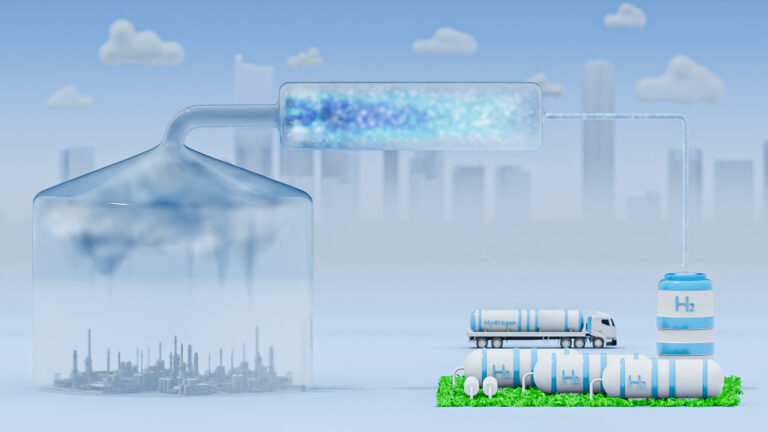
Mechanical Engineering




